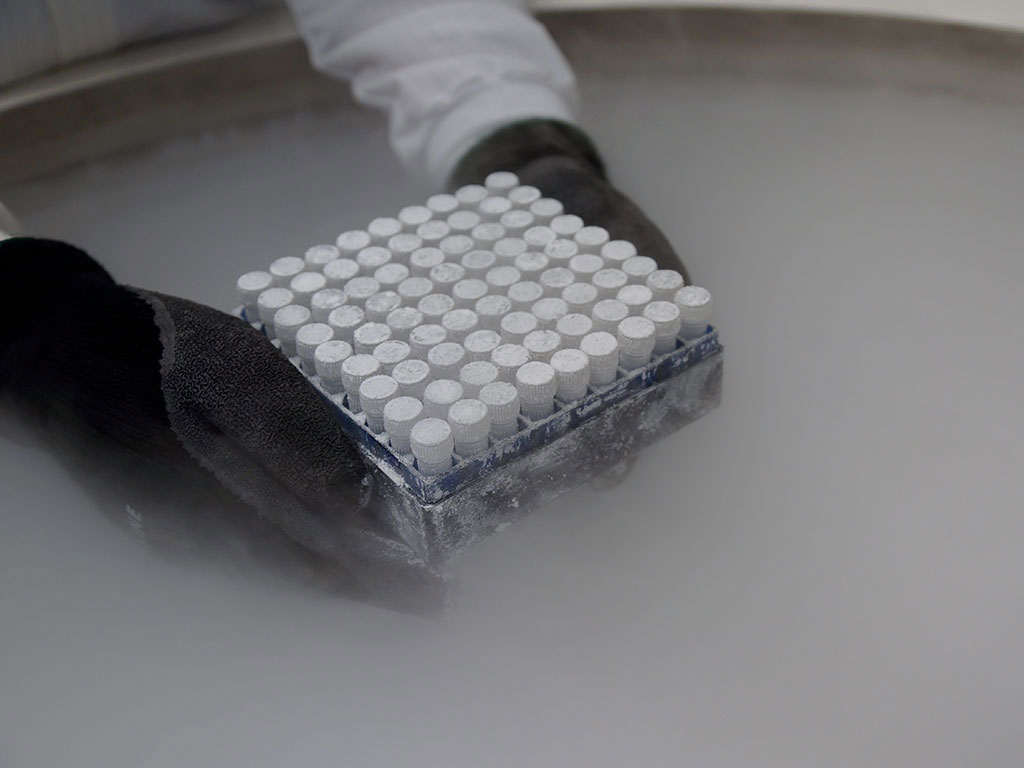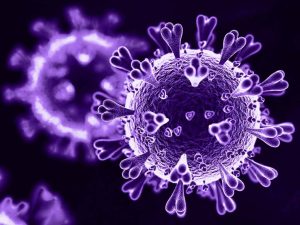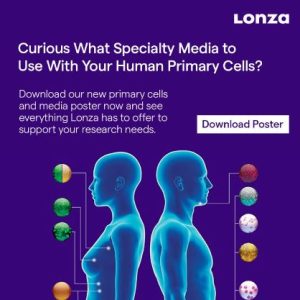How can freezing damage cells?
Water freezes as a pure substance. Thus, solutes remaining in the liquid state can be damaging to cells through chemical and osmotic effects (1). The process of freezing also causes mechanical destruction as crystal formation distorts cell shape by squashing, piercing, and teasing apart the cells.

Cryoprotecting agents (CPAs) lower the melting temperature by forming chemical bonds with water and increasing the total concentration of solutes in the system. This reduces the amount of crystal formation and increases the pocket size of unfrozen liquid. Thus, the cells are less likely to be mechanically destroyed by crystals because they have more space in the pockets. Most CPAs are penetrating, meaning they actually enter the cells. This reduces the likelihood of cell dehydration. CPAs are also non-toxic and do not precipitate out of solution. Examples include glycerol, dimethyl sulfoxide, ethanediol, and propanediol. (1)
With a shift in regulatory demands of the Cell and Gene Therapy Market has come a shift in cryopreservation techniques (2). Traditional methods often included the use of serum and DMSO. Freezing medium is now being manufactured under cGMP conditions and formulated serum-free and of non-animal origin. Lonza offers a cryoprotectant media with such characteristics: TheraPEAKTM ProFreezeTM Freezing Medium Chemically Defined. Researchers are also using <10% DMSO in the freeze cocktail.
Others are developing more advanced techniques of cooling. Previous methods of vitrification (solidification to a glassy state at a high viscocity without the formation of ice crystals) required the use of extremely high concentrations of CPAs that often caused issues with cell toxicity (1). A team of Japanese researchers at Shinshu University developed a way to vitrify the cells without the use of CPAs (3). This process of ultrarapid cooling, utilizes inkjet cell printing to cool at a rate of 10,000 degrees Celsius/second, causing near-vitrification of the cells.
Of note, most labs are still using the tried and true method of CPAs, such as DMSO. The key to maintaining high viability using the traditional method is by increasing cell concentration. This will reduce the DMSO volume so that the cellular material is more widely spaced in the crystalline matrix (1).
Tips for freezing (2):
- Only freeze the highest quality cells. The cryopreservation process is tough on the cells and only the strongest will survive.
- Control the rate of freezing. The cells should be cooled to 4°C before adding the CPA, and then they should be frozen immediately thereafter. Freezing too quickly causes ice formation and freezing too slowly can cause cell dehydration and shrinkage. Cooling rate must be optimized to the cell type.
- Cells must be stored below -130°C to protect viability.
- Thaw cells quickly to reduce cell toxicity. Be sure to dilute out the DMSO and add buffer close to melting point while cell metabolism is still suppressed.
Written by Angela
Scientific Support Specialist, Lonza Pharma-Bioscience Solutions at Lonza
References
David E Pegg. Principles of Cryopreservation. Methods Mol Biol. 2007;368:39-57.
Lauren Tanabe. Overcoming Cryopreservation Challenges. Biocompare.com June 2020
Shinshu University. A new way to ‘freeze’ cells promises to transform the common cell-freezing practice. ScienceDaily.com April 2019





